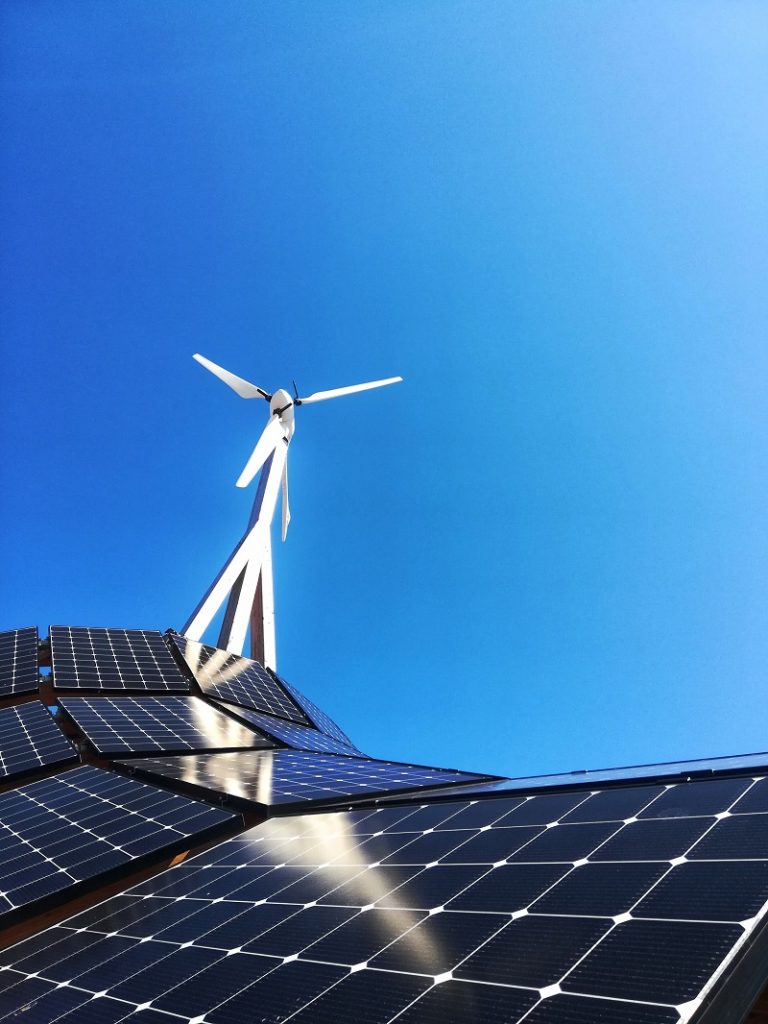A new report from ThermoSphere – ‘Working towards Net Zero’ – sheds light on the attitudes toward direct electric heating in the construction industry, with many preferring it as a means of retrofitting small homes and apartments. Alistair Bell, ThermoSphere’s managing director discusses the mood in construction, and the industry’s opportunity for growth.
Since the UK government set its target of Net Zero by 2050, significant efforts have been made to reduce emissions across the economy. In the construction industry this means decarbonising supply chains, replacing non-renewable energy with renewables, and using low-carbon heating methods.
The most recent Climate Change Committee (CCC) parliamentary report highlighted that to meet the UK’s target of Net Zero, half of the current heat demand for buildings must be supplied by low-carbon sources by 2035.
While the need to change to low-carbon alternatives applies to all UK buildings, residential homes are by far the largest contributor to UK buildings emissions, making up almost 80% of the total.
Against this backdrop, a recent report commissioned by direct heating solutions provider, ThermoSphere, has revealed attitudes within the construction industry towards the decarbonisation of heat and direct electric solutions. The sector sees the need for change, that insulation and low carbon heating are essential, and that direct electric solutions paired with renewable tariffs are a low carbon option.
Priorities first
Decarbonising heat in UK buildings is not a single solution problem. There are several means of reducing emissions that can be used in tandem to reach the UK government’s goals; one size doesn’t fit all. What the ThermoSphere report reveals is that installing low-carbon heating is ranked as the most or second-most important method for reducing carbon emissions by 48% of the construction industry. Above that, efficient insulation is considered to be the top priority by construction industry workers.
As the UK grid incorporates more renewable energy, direct electric heating has become a viable low-carbon heating method for the construction industry. Ultimately it is the electricity grid’s ‘generation mix’ that determines the carbon intensity of any form of electric heating. But, as renewables continue to replace fossil fuels, electricity is becoming a low-carbon source of energy. Pairing a direct electric heating method, such as underfloor heating or electric radiators, with a renewable electricity tariff, will prove to be one of the most effective ways of decarbonising heating in residential and non-residential settings.
There are 29 million homes that need to have low-carbon heating methods retrofitted by 2050, which is one of the main priorities for the CCC. This outlook is shared by the construction industry, with 62% reporting that retrofitting is the biggest challenge to decarbonisation.
The construction industry is prepared to tackle this challenge, and direct electric heating solutions are a preferred method. Direct electric heating is considered a better overall solution by almost half of the construction industry, second to the use of hydrogen boilers. But, importantly, 52% believe that direct electric solutions are the right solution for modest properties and apartments, due to the fact they’re smaller, easy to install, and do not require external equipment that would be difficult to install on multi-storey buildings.
Prices are up, but so is demand
ThermoSphere’s report reveals an increase in consumer interest in low-carbon heating alternatives. But current energy prices are high, and electricity is often unfairly seen to be a more expensive form of energy than oil or gas. 79% of respondents in the construction industry believe that high running costs have deterred customers from installing direct electric heating.
What’s required is a change of image. Too many people have negative associations based on old, outmoded electric heating solutions like storage heaters. 71% of the construction industry believe these older electric heating methods have a negative impact on how consumers perceive modern, low-carbon direct electric alternatives.
This need not be the case. Modern direct electric heating solutions are much more efficient than older solutions, and direct electric is 100% efficient at the point of usage, compared to gas heating where energy is lost throughout the system. They also require lower installation and maintenance costs and won’t be phased about by the UK government over the next 15 years.
Growth and gaps
The construction industry is keen to use low-carbon direct electric heating solutions, particularly in retrofitting older, less spacious buildings, and in multi-storey buildings. But the industry also sees the challenge of retrofitting as an opportunity for growth. 64% of those surveyed believe decarbonisation is an opportunity.
But, as with many areas in the UK economy, there is a skills gap between the currently available talent, and the required talent. 69% of construction workers believe that while there’s an opportunity for growth, there isn’t sufficient workforce expertise to embrace that opportunity. What’s needed is a concerted effort to upskill the current workforce. If the industry can do this sooner rather than later, it won’t miss the chance for growth and it will more easily meet its own decarbonisation goals. As direct electric involves less paperwork and is significantly easier to install, the upskilling requirement will be less onerous for the industry.
Over the coming decades, the construction industry is on track to transform. Heating solution providers that offer viable, low-carbon alternatives can help to usher in that transformation.
For more insights download ThermoSphere’s ‘Working towards Net Zero’ report www.thermosphere.com/working-towards-net-zero-press








Recent Comments